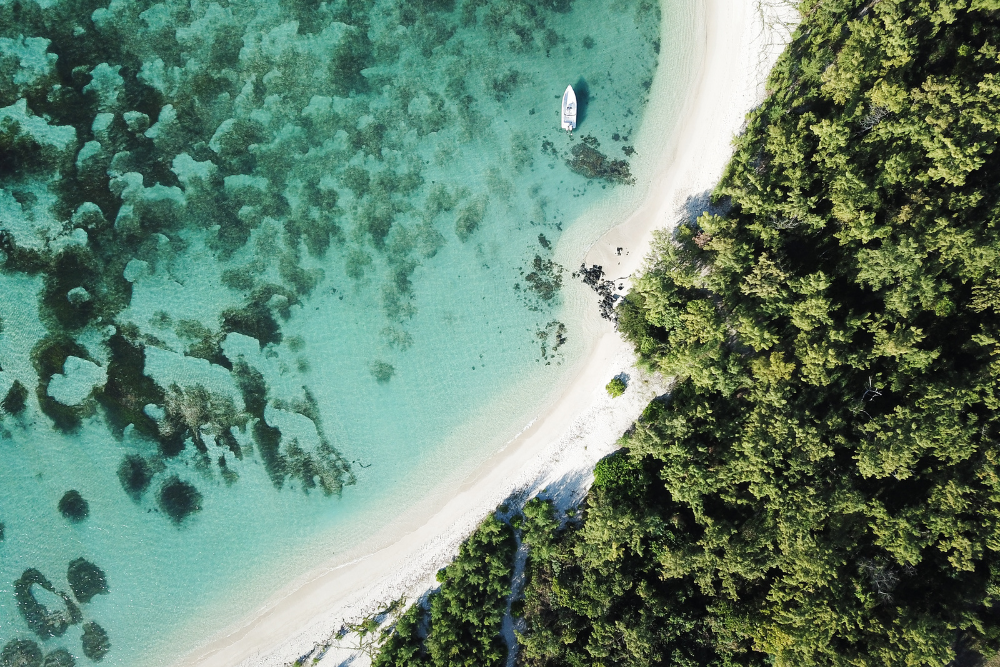Mauritius, an idyllic island in the Indian Ocean, is known for its stunning beaches, lush landscapes, and vibrant culture. Whether you’re seeking adventure, relaxation, or cultural experiences, choosing the right time to visit can significantly enhance your travel experience. This seasonal travel guide will help you understand the best times to explore Mauritius, what to expect during each season, and key activities to enjoy throughout the year.
Overview of Mauritius’ Climate

Mauritius has a tropical maritime climate characterized by warm temperatures year-round. The island experiences two main seasons:
- Summer (November to April): Warm and humid, with average temperatures ranging from 25°C to 35°C (77°F to 95°F). This season is also marked by the potential for tropical storms.
- Winter (May to October): Cooler and drier, with temperatures ranging from 15°C to 25°C (59°F to 77°F). This is the best time for outdoor activities and exploring the island.
Understanding these seasonal patterns can help you plan your visit to Mauritius more effectively.
Best Times to Visit Mauritius
1. November to April: Summer Season
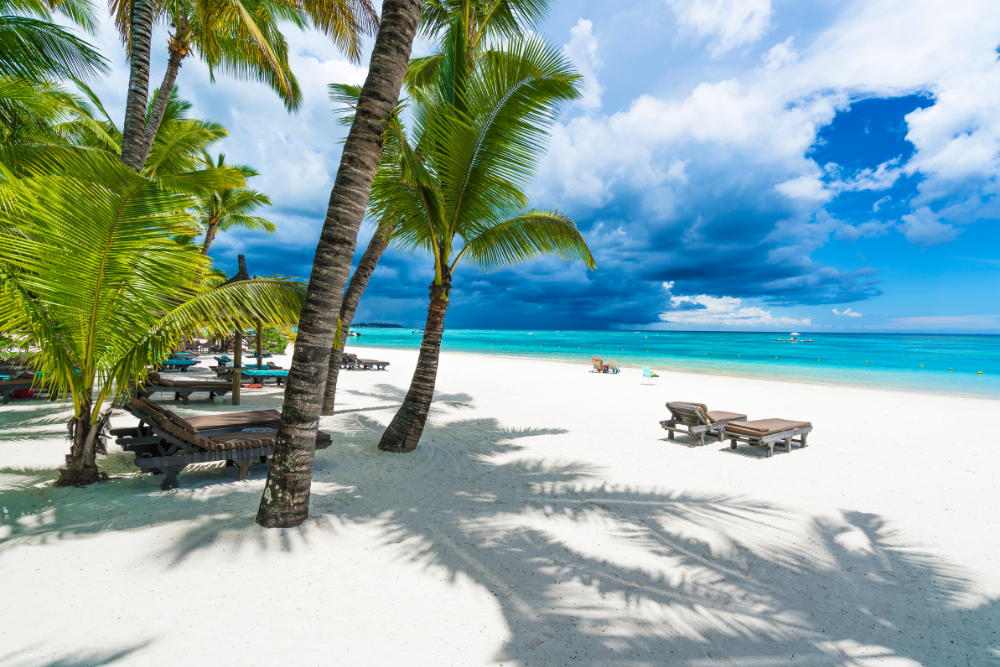
Overview
The summer season in Mauritius is characterized by warm, humid weather and occasional tropical showers. While this is considered the peak tourist season, it is also the time when the island is at its most vibrant.
Highlights
- Beaches and Water Sports: Enjoy swimming, snorkeling, and diving in the warm waters of the Indian Ocean. Popular spots include Flic en Flac, Grand Baie, and Blue Bay.
- Festivals: Experience local culture during festivals like Thaipoosam Cavadee (usually in January or February) and Chinese New Year (January or February), which showcase the island’s rich traditions.
- Flora and Fauna: Witness the vibrant flora in full bloom, especially in botanical gardens like Pamplemousses, where you can see the famous giant water lilies.
Considerations
- Humidity: Be prepared for high humidity levels, especially in January and February. Pack light, breathable clothing and stay hydrated.
- Rain: Occasional afternoon showers can occur, but they typically pass quickly. Don’t let a little rain dampen your spirit—rainy days can lead to lush landscapes and fewer crowds.
2. May to October: Winter Season

Overview
Winter in Mauritius offers cooler, drier weather, making it an ideal time for outdoor activities, sightseeing, and exploration. This season attracts visitors looking for a more comfortable climate.
Highlights
- Outdoor Adventures: Explore the stunning hiking trails in Black River Gorges National Park, where you can encounter endemic flora and fauna.
- Whale Watching: From July to September, you can spot whales off the coast, particularly in the waters around Tamarin Bay.
- Cultural Experiences: Visit local markets and engage with the community during this time. The quieter atmosphere allows for deeper cultural immersion.
Considerations
- Crowds: While the winter season sees fewer tourists than summer, popular attractions may still be busy during school holidays and public holidays.
- Cooler Evenings: Evenings can be cooler, so pack a light jacket or sweater for nighttime outings.
3. April and October: Transition Months
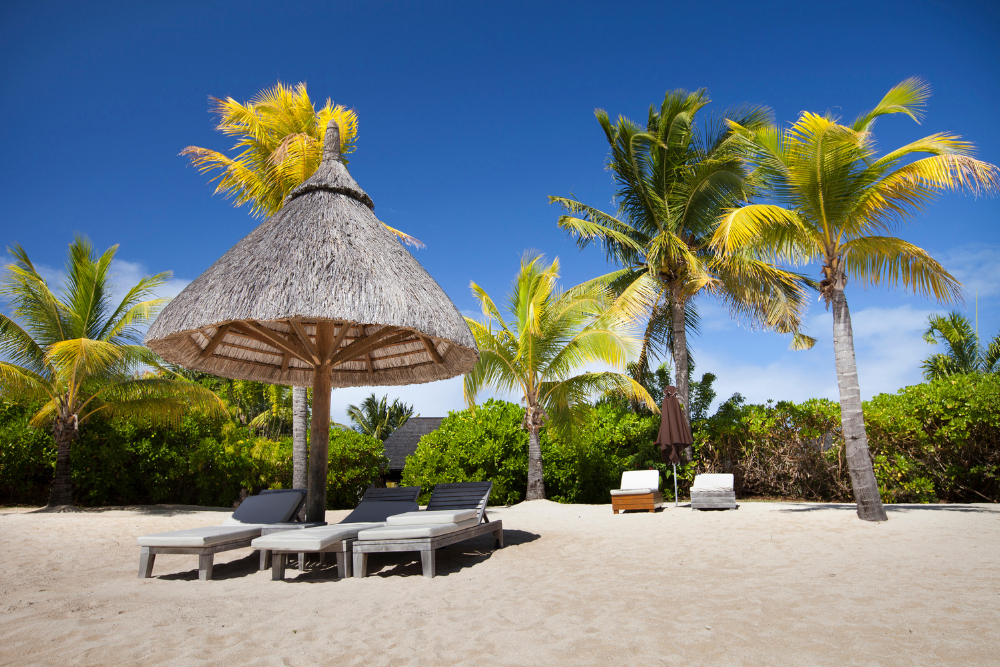
Overview
April and October serve as transitional months between the summer and winter seasons. These months offer a perfect blend of warm weather and fewer tourists, making them excellent times to visit.
Highlights
- Ideal Weather: Enjoy pleasant temperatures and moderate humidity, making it ideal for beach outings, hiking, and sightseeing.
- Local Events: Experience local life during the transition months, with various cultural events and markets showcasing Mauritian crafts and cuisine.
Considerations
- Unpredictable Weather: While weather is generally pleasant, be prepared for occasional showers, particularly in April.
Activities by Season
Summer Activities (November to April)

- Water Sports: Engage in snorkeling, scuba diving, and parasailing. The warm waters are perfect for underwater exploration.
- Beach Time: Relax on the beautiful beaches, particularly at Trou aux Biches and Belle Mare.
- Festivals: Participate in local festivities and indulge in traditional food and cultural performances.
Winter Activities (May to October)

- Hiking: Explore scenic trails in the Black River Gorges, with breathtaking views and diverse wildlife.
- Wildlife Spotting: Join tours to observe whales and dolphins in their natural habitat.
- Cultural Exploration: Visit historical sites, such as Aapravasi Ghat and the Mahébourg Museum.
Transition Month Activities (April and October)
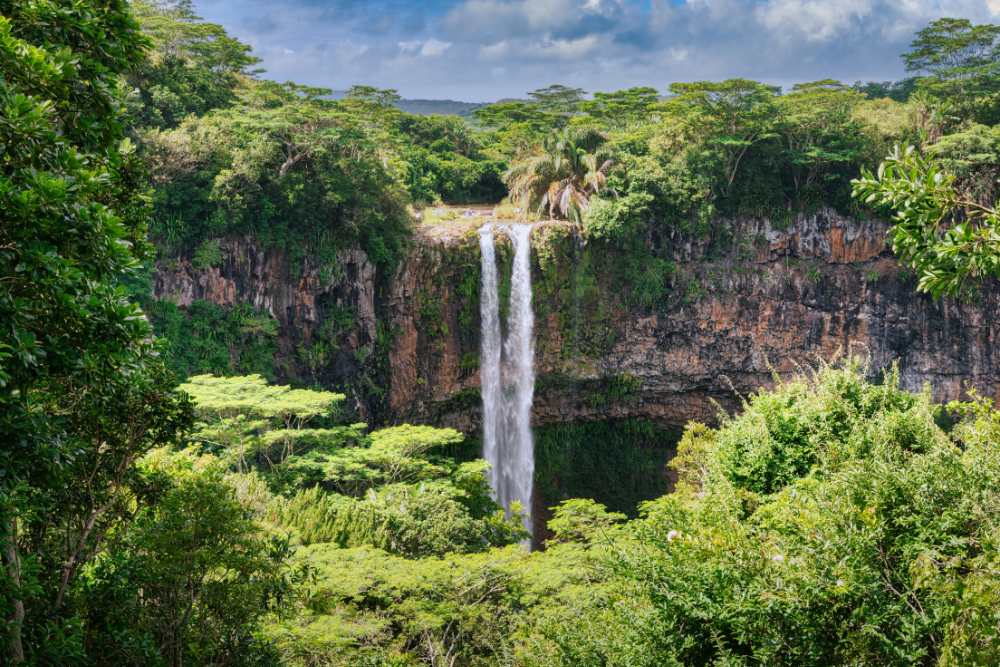
- Sightseeing: Discover the stunning landscapes, waterfalls, and natural parks with fewer crowds.
- Culinary Experiences: Participate in cooking classes or food tours to sample local dishes.
Tips for Planning Your Trip
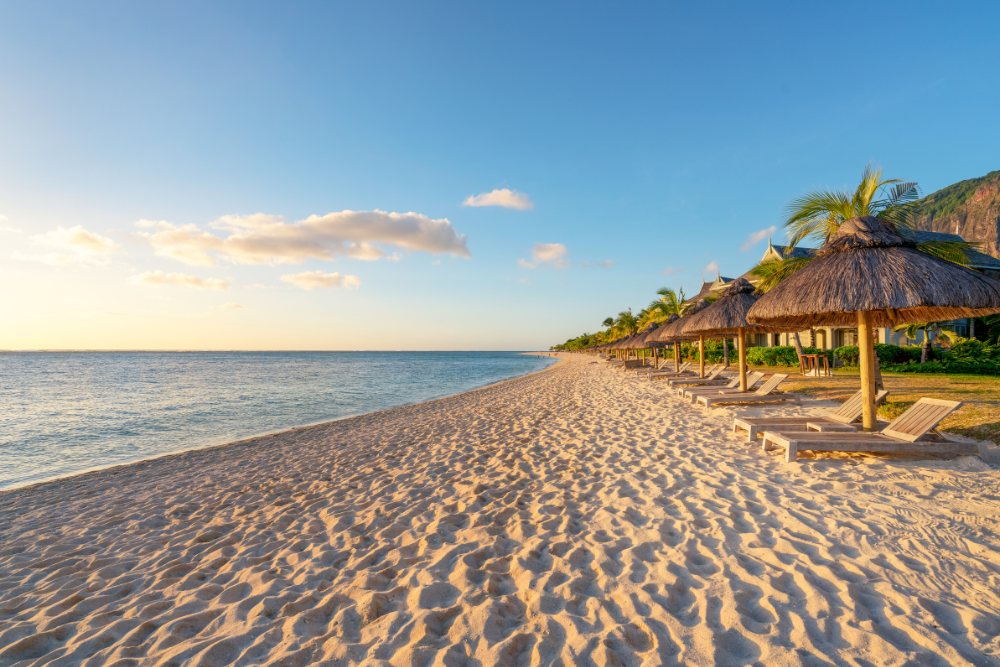
- Book in Advance: If you plan to visit during the peak summer season, book your accommodations and activities well in advance to secure the best options.
- Stay Hydrated: Regardless of the season, staying hydrated is crucial, especially during outdoor activities.
- Pack Wisely: Bring a mix of light clothing for warm days and warmer layers for cooler evenings, particularly during the winter months.
- Respect Local Customs: Familiarize yourself with local customs and etiquette, especially during religious festivals or community events.
Conclusion
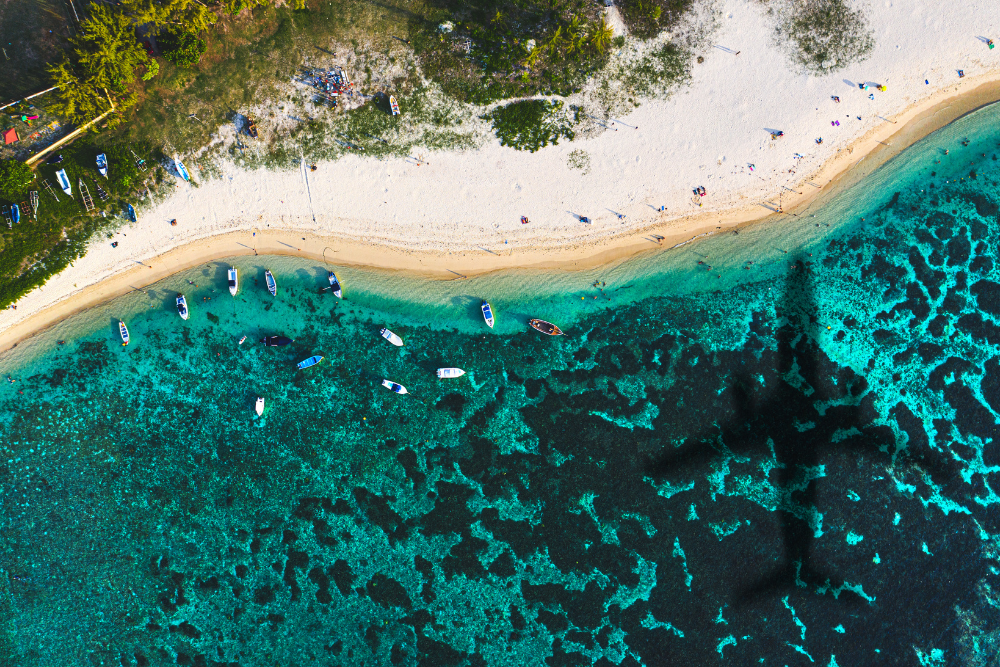
Choosing the best time to experience Mauritius can enhance your travel experience, allowing you to fully immerse yourself in the island’s beauty and culture. Whether you prefer the vibrant energy of summer or the cooler, calmer days of winter, each season offers unique activities and experiences. By understanding the seasonal variations and planning accordingly, you can ensure a memorable trip filled with adventure, relaxation, and cultural exploration. So, pack your bags and get ready to discover the breathtaking island of Mauritius!



